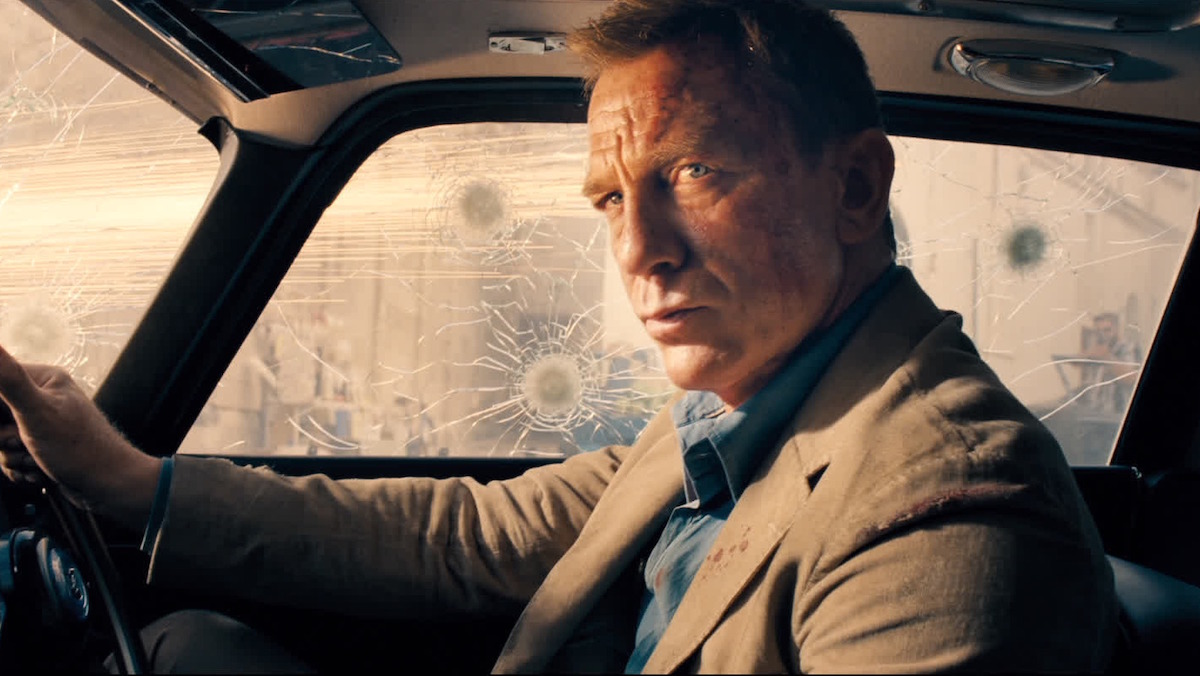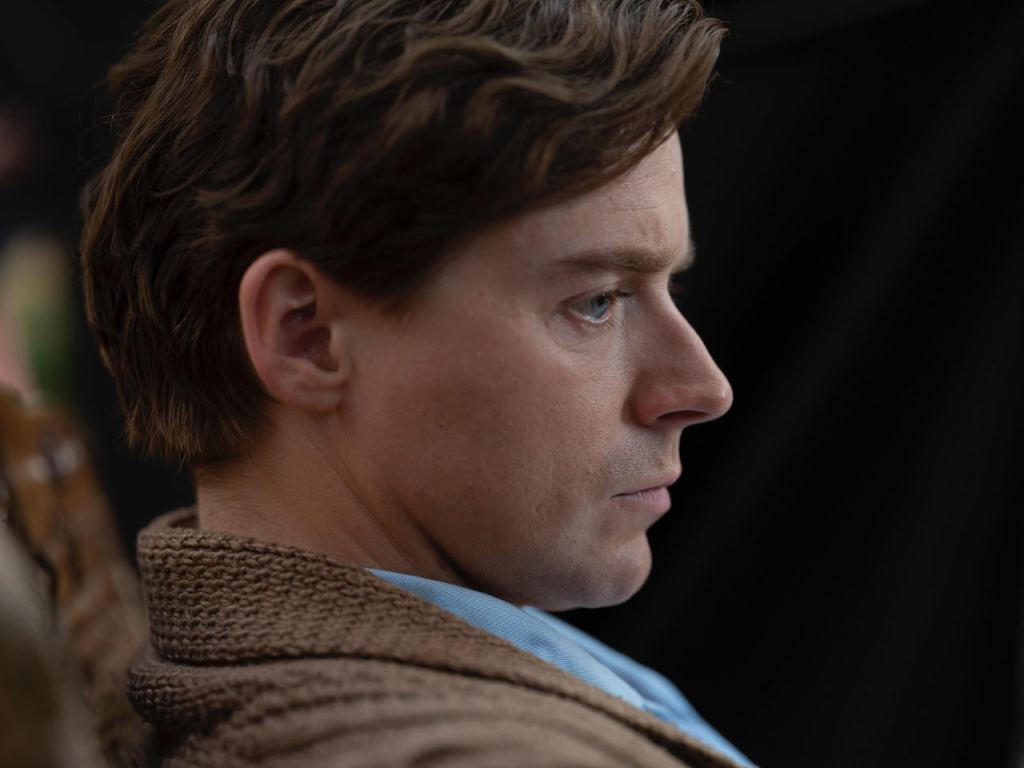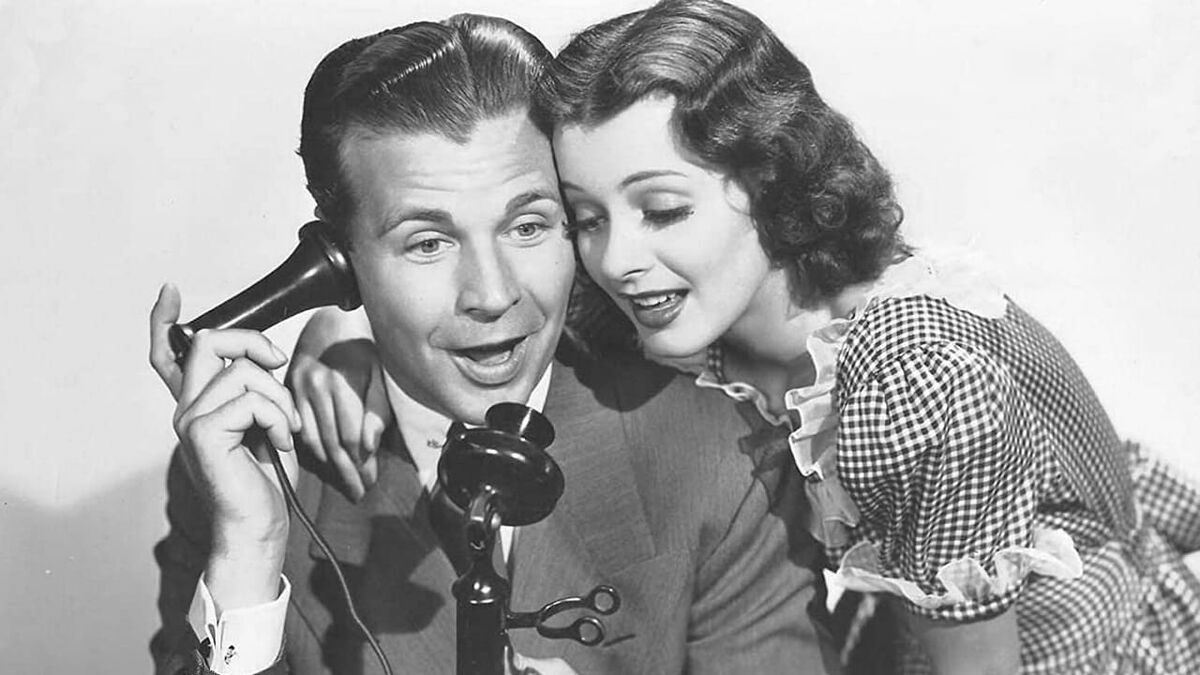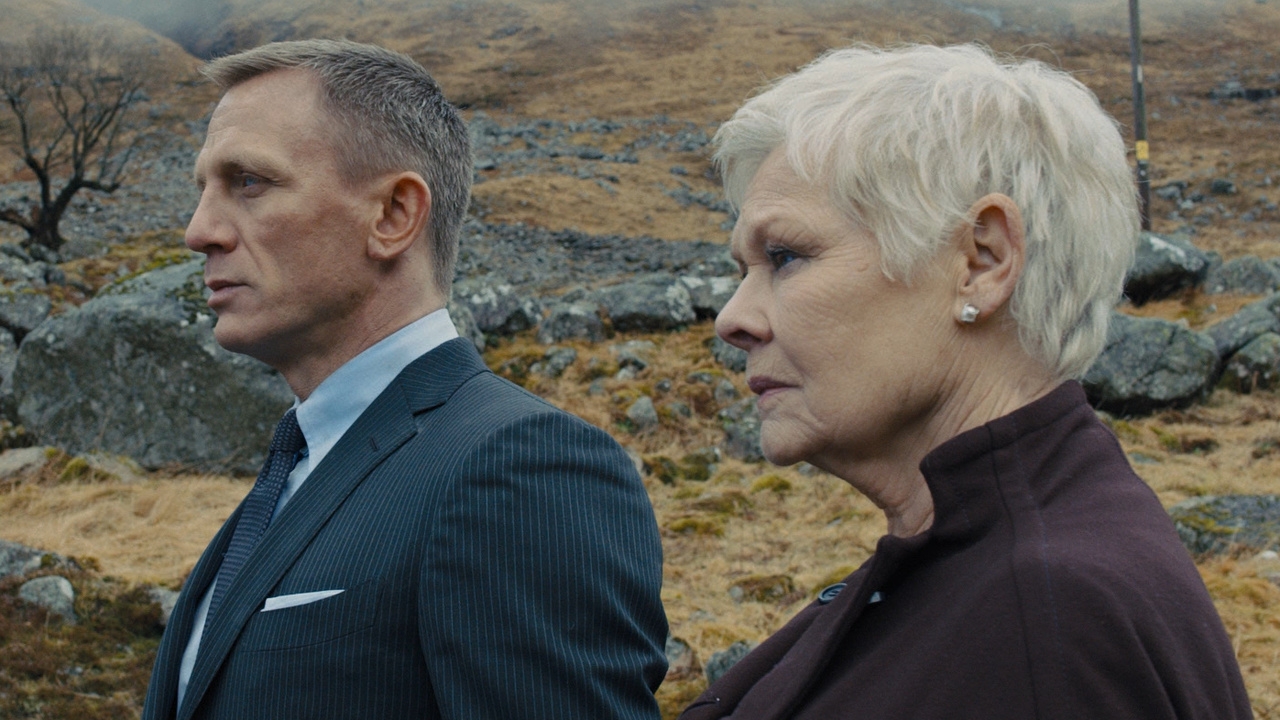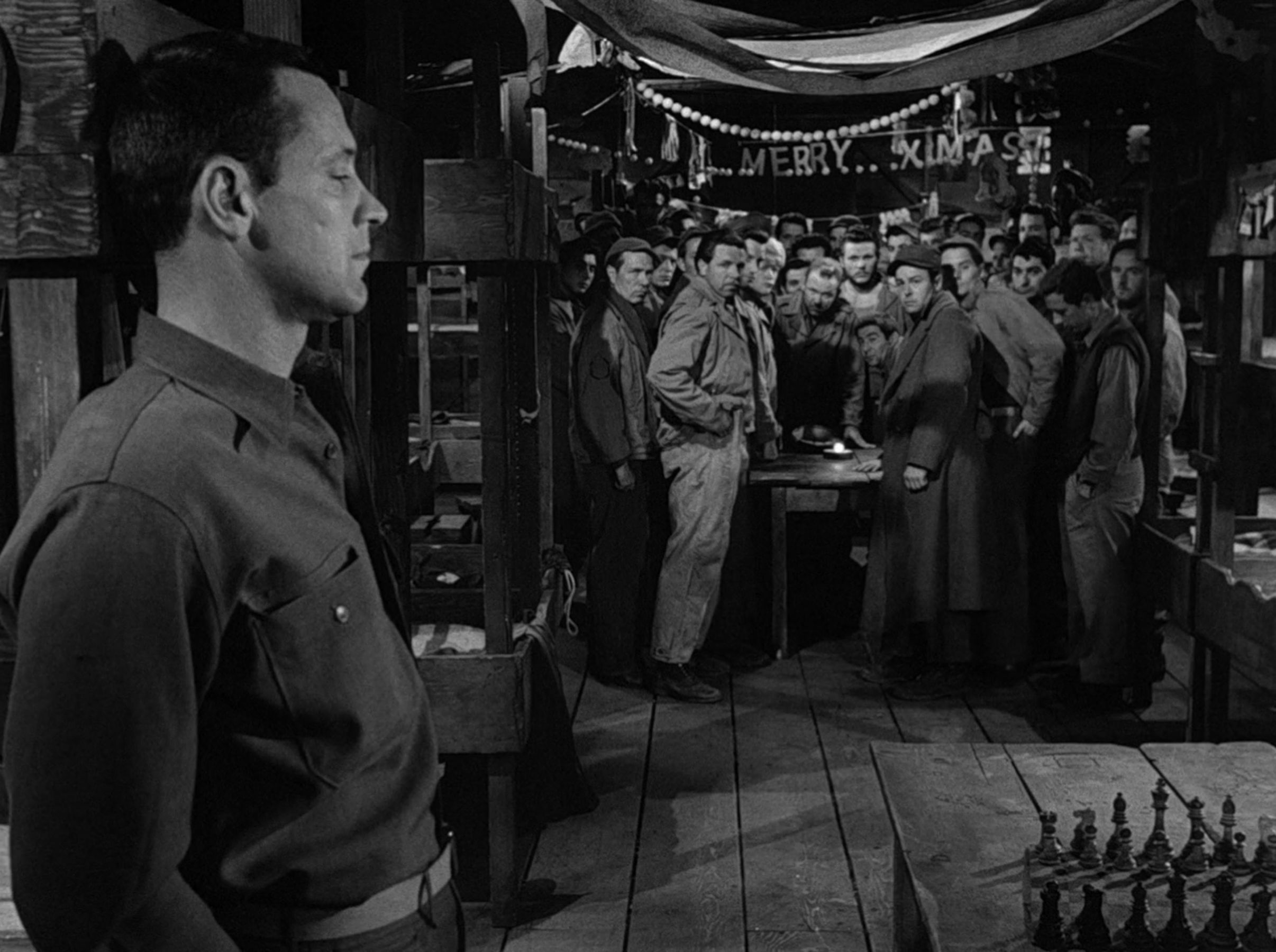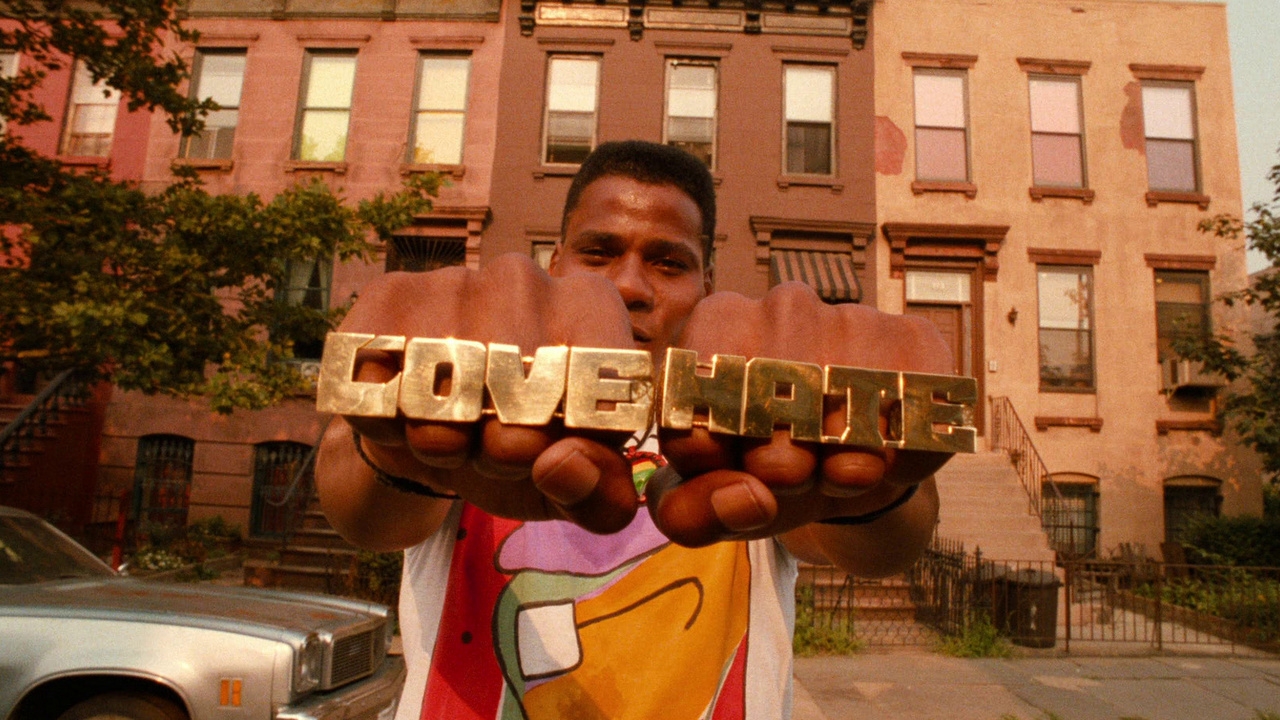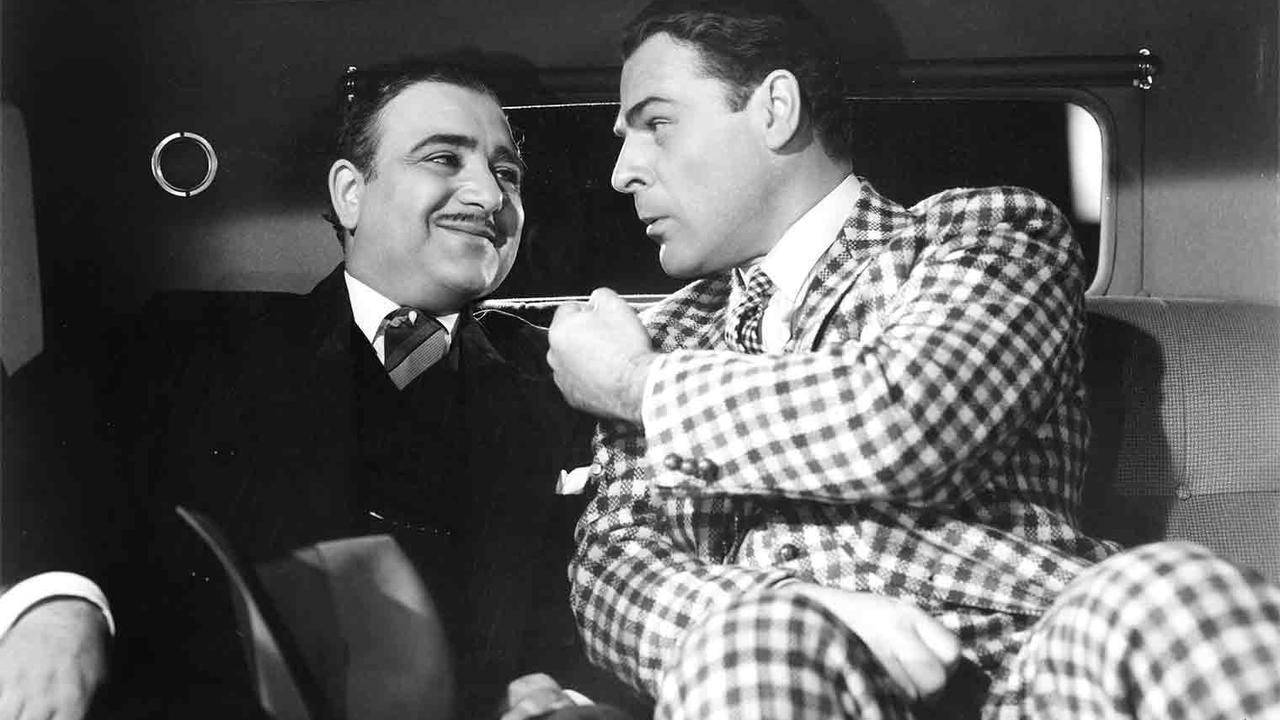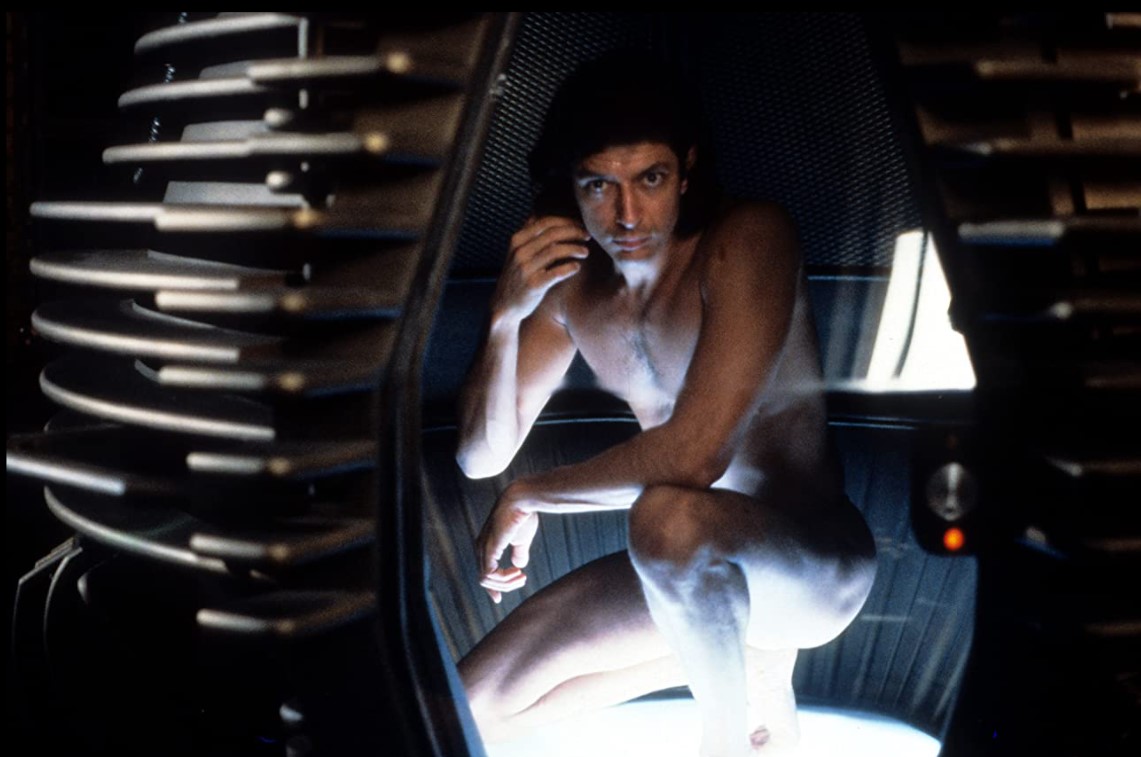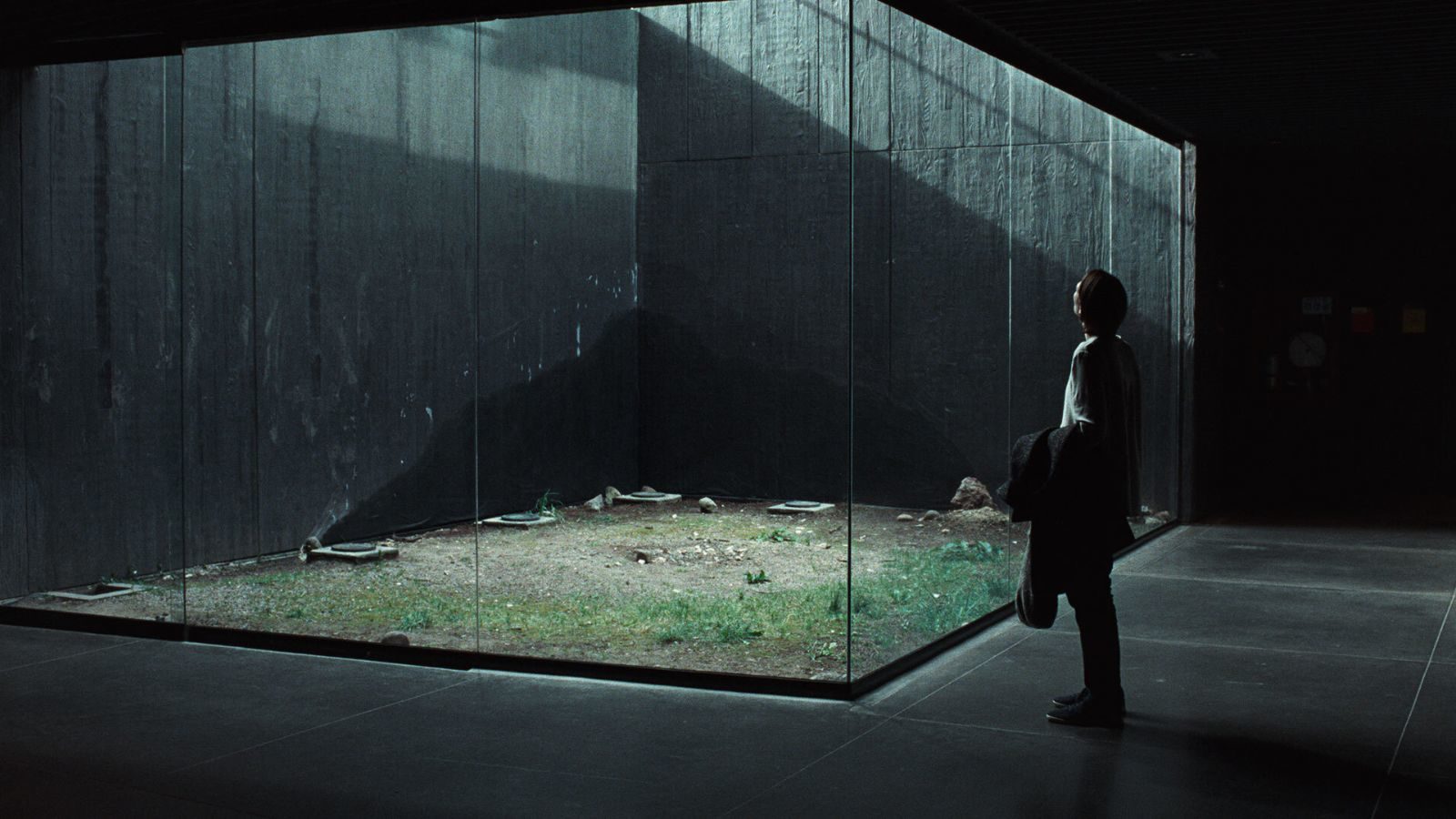No Time to Die (2021)
Cary Joji Fukunaga’s No Time to Die presents us with an older, more mortal James Bond who is more likely to take risks out of selflessness than a reckless belief in his own invincibility, closing out an era of action cinema with a touch of poignancy that few action stars would be able imbue with as sincere a tenderness as Daniel Craig.

